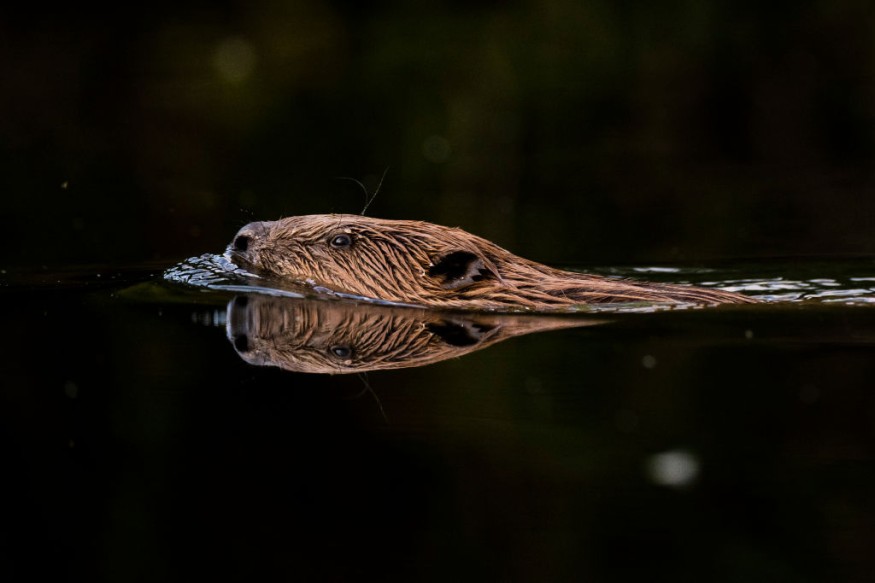A newborn beaver has been discovered in London for the first time in hundreds of years, with some saying that it may be the first of its kind to be born in the city.
The semi-aquatic rodents were hunted to extinction in the 16th century during the Elizabethan era, as they were mostly slaughtered for their fur and flesh.

Reintroduction program
With advice from the Beaver Trust, Capel Manor College, a special environmental college, will give the beaver a full health examination with an expert exotic-animal vet.
The animal's gender has yet to be determined.
Meg Wilson, Capel Manor College's animal collections manager, was thrilled with the arrival of the beaver.
"We have seen the developments the beavers are [involved in] and the improvements they have made to the wetland area. We are now focusing our efforts on collecting data, which we hope will provide further evidence about the positive effects the beavers are having on the environment," she said in an interview.
Enfield Council launched London's beaver reintroduction program in 2022 with the goal of reintroducing beavers to the capital.
The program is part of a larger rewilding and natural flood management project in the area, following studies that found beavers may lower floodwater flow from farmlands by up to 30%.
As part of the program, the mammals could live in a 10-acre parkland area in Ealing, west London.
People in London can also go on a "beaver safari" to visit the animal.
It was reported in August that parts of a North Yorkshire estate are transforming into a juvenile woods, which is already providing a new habitat for insects, rodents, and birds of prey.
The Broughton Sanctuary in Skipton is nearly halfway through a rewilding project that aims to recover about 400 hectares (1,000 acres) of bare hillside.
"The beavers' hard work creating a natural wetland ecosystem will contribute to excellent flood defenses, protecting the local area and hundreds of homes from flooding downstream to the south-east of the borough, while encouraging biodiversity," said Rick Jewell, Enfield council's cabinet member for the environment.
Read Also: Why Beaver Teeth Are So Tough
Nature's engineer
Beavers are located throughout the northern hemisphere and are among the most accomplished constructors on the planet. This has earned them the nickname "nature's engineers."
They fell trees by biting at their trunks and then used the remaining sticks to build dams to restrict the flow of water in ponds, lakes, rivers, and streams, resulting in bodies of water with a low current.
The mammals then use sticks and mud to build a second building, a massive dome-shaped island that can be up to ten feet (3 meters) tall and 1,600 feet (500 meters) long.
Each island has two underwater entrances and an above-water dwelling chamber where the animals sleep and shelter.
Beavers frequently coat the walls of this chamber with dry leaves and plants to keep it warm throughout the winter.
It is unknown why beavers create dams, but scientists believe they do so for warmth and shelter in the winter, as well as protection from predators.
Related Article : Beaver Poised To Return In San Francisco Bay; Resurgence Could Help Fight Climate Change Impacts
Related Video:
© 2025 NatureWorldNews.com All rights reserved. Do not reproduce without permission.





